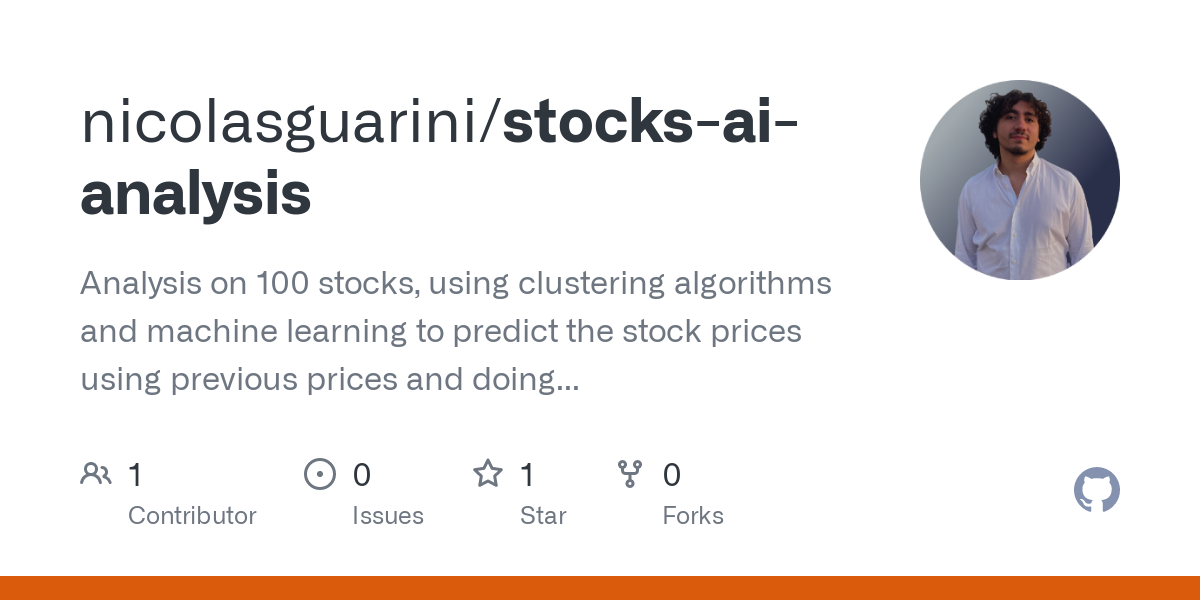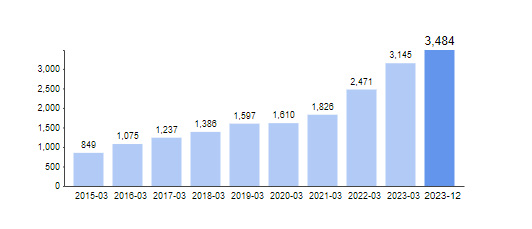The realism and clarity of the AI trading predictor is crucial for understanding how it comes up with predictions, and also ensuring that it is in line with your strategy for trading. Here are 10 suggestions to assess the transparency of a model and its interpretability.
Revise the documentation and provide explanations
Why: Thorough documents are provided to help clarify how the model works along with its limitations, as well as how predictions can be generated.
How: Look for detailed documents or reports that describe the model’s design, features selection, data sources, and the preprocessing. You can understand the model better by having clear explanations.
2. Check for Explainable AI (XAI) Techniques
What is the reason: XAI improves interpretability by highlighting the elements that most influence a model’s predictions.
What to do: Check whether the model is interpreted using tools like SHAP (SHapley Additive exPlanations) or LIME (Local Interpretable Model-agnostic Explanations) which are able to determine feature importance and explain the individual forecasts.
3. Consider the importance and contribution of each element.
Why: Understanding which factors are most crucial to the model helps determine whether the model is focusing on market drivers.
How to find the importance rankings of each feature and contribution scores. They will show to what extent each element (e.g. share price, volume, or sentiment) affects model outputs. This will confirm the reasoning that underlies the predictor.
4. Be aware of the model’s complexity and its the ability to interpret it.
Why: Complex models may be difficult to interpret and therefore restrict your ability or willingness to take action on the predictions.
Assess whether the complexity of your model is in line with your needs. Simpler models (e.g. linear regression or decision tree) tend to be preferred over black-box complex models (e.g. Deep neural networks).
5. Transparency should be sought in the model parameters as well as hyperparameters
Why: Transparent hyperparameters may help to understand the model’s calibration and its risk-reward biases.
How do you document the hyperparameters. This helps you understand your model’s sensitivity. You can then modify it to meet market conditions.
6. Request Access to Backtesting Results as well as Real-World Performance
The reason: Transparent Backtesting reveals how the model performs in various market conditions. This gives an insight into the reliability of the model.
How to go about reviewing the your backtesting report, which shows the metrics (e.g. Sharpe ratio and maximum drawing down) throughout various market phases and time periods. Take note of both profitable periods and unprofitable ones.
7. Determine the model’s reaction to market changes
What is the reason? A model that adapts itself to the market’s conditions will give more accurate forecasts, however it is important to know the reason and how it is affected when it changes.
What can you do to find out if a model has the ability to adapt to new information (e.g., the bear and bull markets), as well as if a decision was made to change method or strategy. Transparency in this field can help to clarify the adaptability of the model to new information.
8. Case Studies, or Model Choices?
What are the reasons? Examples of predictions can help to clarify how the model will react to different situations.
Ask for examples of past predictions, including the way it reacted to news reports or earnings stories. An in-depth analysis of the past market scenarios can help determine if the logic behind a model is consistent with expected behaviour.
9. Transparency of Data Transformations Preprocessing
What are transformative operations? (such as scaling or encoding) could alter the way input data is presented in the model and impact the interpretability of the model.
There is documentation available on the steps to follow when processing your data, such as normalization or feature engineering. Understanding these transformations will help you understand the reason why certain signals are ranked by the model.
10. Make sure to check for model Bias and Limitations Information
Knowing the limits of models can aid you in using it more effectively and not rely on it too much.
How: Review any disclosures on model biases or limitations for example, the tendency to perform better in certain market conditions or with specific asset classes. Transparent limitations can help you avoid a lack of confidence trading.
By focusing your attention on these suggestions It is possible to evaluate the clarity and validity of an AI model of stock trading predictions. This can help you get confidence when using this model, and help you be aware of how the predictions are made. View the top microsoft ai stock examples for more info including ai in trading stocks, stock picker, stock market investing, ai investment bot, website for stock, website for stock, ai investing, artificial intelligence stock market, ai in trading stocks, stock technical analysis and more.

Ten Top Suggestions On How To Analyze The Nasdaq Market Using An Ai Trading Predictor
Knowing the Nasdaq Composite Index and its unique components is important for evaluating it using an AI stock trade predictor. It’s also important to know how well the AI is able to predict and analyze its movements. Here are 10 best suggestions for properly evaluating the Nasdaq Composite with an AI prediction of stock prices:
1. Understanding Index Composition
Why? The Nasdaq composite comprises more than 3000 companies, mainly in the biotechnology, technology and internet sector. This is different from a more diversified index like the DJIA.
What to do: Get familiar with the firms that have the highest influence and largest in the index. This includes Apple, Microsoft, Amazon. In recognizing their impact on the index as well as their impact on the index, the AI model can be better able to predict the overall movement.
2. Incorporate specific factors for each sector.
The reason is that the Nasdaq’s performance heavily affected by both technological trends and sectoral events.
How: Make sure the AI model includes relevant variables, such as performance in the tech industry, earnings reports and trends within the hardware and software industries. Sector analysis improves the accuracy of a model.
3. The use of technical Analysis Tools
Why: Technical Indicators help identify market mood and trends in price action for a volatile index like the Nasdaq.
How: Use techniques for technical analysis such as Bollinger bands or MACD to incorporate into your AI model. These indicators help identify buy and sell signals.
4. Monitor Economic Indicators that Impact Tech Stocks
What are the reasons? Economic factors like unemployment, interest rates and inflation may have a major impact on the Nasdaq.
How to: Integrate macroeconomic factors relevant to the tech industry, such as the level of consumer spending, the tech investment trend, and Federal Reserve policies. Understanding these connections will enhance the prediction of the model.
5. Evaluate the Impact of Earnings Reports
What’s the reason? Earnings statements from the largest Nasdaq companies can result in substantial price fluctuations, and can affect the performance of indexes.
How to ensure the model tracks earnings calendars, and makes adjustments to predictions based on the date of release of earnings. It is also possible to enhance the accuracy of predictions by studying the historical reaction of prices to earnings announcements.
6. Introduce Sentiment Analyses for Tech Stocks
Investor sentiment can influence stock prices in a big way, particularly if you’re in the technology industry. The trend can be unpredictable.
How do you integrate sentiment analysis of financial news as well as social media and analyst ratings into the AI model. Sentiment metrics give context and can improve the accuracy of your predictions.
7. Perform backtesting using high-frequency data
The reason: Since the Nasdaq’s volatility is well-known, it is important to test your predictions with high-frequency trading.
How to test the AI model using high-frequency data. It helps validate its performance across a range of market conditions.
8. Evaluate the model’s performance over market corrections
Why: The Nasdaq may undergo sharp corrections. Understanding how the model behaves in downturns is essential.
How can you assess the model’s performance during past market corrections and bear markets. Stress testing reveals the model’s ability to withstand uncertain situations as well as its capability to reduce losses.
9. Examine Real-Time Execution Metrics
Why: Trade execution efficiency is crucial to making profits. This is especially true when dealing with volatile indexes.
How to monitor metrics of real-time execution, such as slippage and fill rate. Examine how well your model can predict the most optimal exit and entry points for trade on Nasdaq to ensure that the executions meet your expectations.
Review Model Validation through Ex-Sample Testing Sample Testing
Why: The test helps to verify that the model can be generalized to data that is new and undiscovered.
How: Do rigorous tests out of sample using the historical Nasdaq data that were not used in the training. Comparing actual and predicted performance to make sure the model is accurate and reliability.
Follow these tips to assess the AI stock prediction program’s ability to analyze and forecast movements of the Nasdaq Composite Index. This will ensure that it remains accurate and current in changes in market conditions. Take a look at the most popular stocks for ai for more advice including invest in ai stocks, best artificial intelligence stocks, stock market analysis, predict stock market, chat gpt stocks, ai ticker, ai share price, best website for stock analysis, top ai stocks, chat gpt stock and more.
